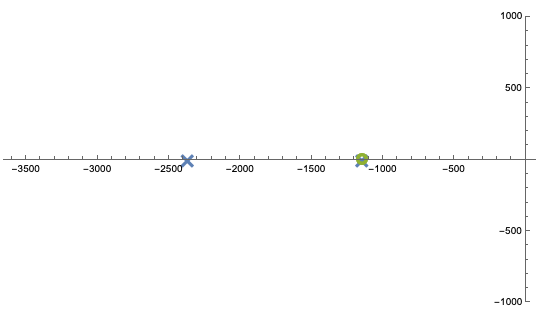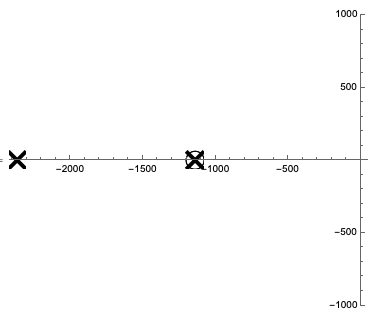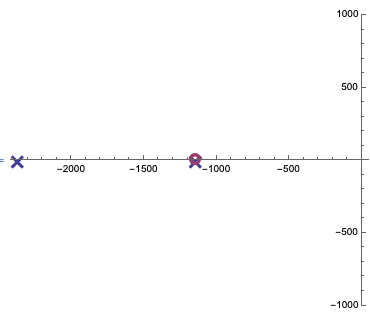Neil: The way to get RootLocusPlot to plot a pole-zero plot is the following.
RootLocusPlot[ k tfm3[s], {k, 0, 1},
PoleZeroMarkers -> {Style["\[Times]", 30], "",
Style["\[SmallCircle]", 40]}, PlotStyle -> None,
PlotRange -> {Automatic, {-1000, 1000}}, AxesOrigin -> {0, 0}]

Koushik: The following should have worked, but it does not. This will directly change the size of the default markers. I will commit a fix for this.
Control`PoleZeroPlot[tfm3,
PoleZeroMarkers -> {{Automatic, 20}, {Automatic, 20}},
PlotRange -> {Automatic, {-1000, 1000}}, AxesOrigin -> {0, 0}]

For now, the workaround is what Neil mentioned.
Control`PoleZeroPlot[tfm3,
PoleZeroMarkers -> {Style["\[Times]", 30],
Style["\[SmallCircle]", 40]},
PlotRange -> {Automatic, {-1000, 1000}}, AxesOrigin -> {0, 0}]
